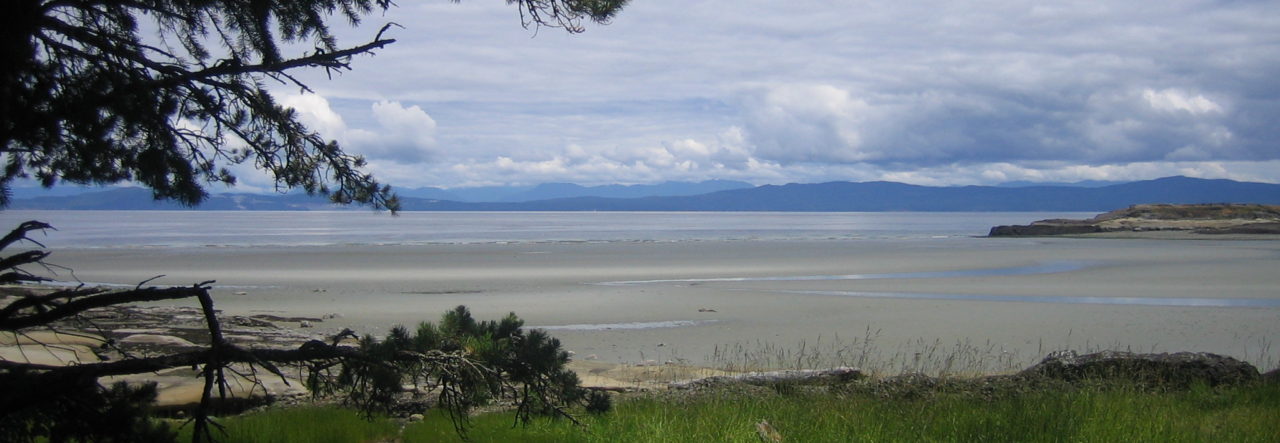Well, despite the business of work, Lucius and I managed to get two quick battles using our modified What a Tanker! rules (house rules here).
My Soviets watched in envy as we chose to have Brits vs Germans. I played the Allies, fielding 2 Sherman Fireflies and 1 Sherman, while Lucius fielded a Panther Ausf A and a Tiger 1. I didn’t have anything with good armour, but the extra vehicle I thought would help.

We played angles – going from one corner to another. My tanks seem to have problems getting into gear as they barely moved.


Meanwhile, the big cats ranged fast across the table. The Tiger took up position by the manor house, as the Panther started to get into position to push up the long exposed flank.

My tanks moved up. My plan was to keep my Fireflies together and take out the Panther. The tank in the middle could also try for the Tiger if it moved forward too far. My little Sherman was going to hold down my right and take pot shots.


The problem was that the Panther was a fast tank, and my Fireflies weren’t fast enough.

My little Sherman faced down the Tiger down the road and got a shot off at it. It bounced off (2 hits vs 6 armour saves) and my Sherman jockeyed out of the beast’s line of sight.

The Panther roared around the woods and got behind my left flank.

I brought my Sherman back into the road to distract the Tiger, and Lucius seemed content to move his Panther. He won the initiative as well. Not good.

He raced to get around the farmhouse but ran out of movement. One of my Fireflies followed it around and the other took it out in one shot.

The other Firefly moved up to help out with the Tiger while the Sherman finally realised it wasn’t helping firing at the glacis of a heavy tank with a pop gun so raced up the road on the right.

The Firefly in position fired but didn’t damage the Tiger and the big German tank replied, brewing up the Firefly.

My remaining Firefly was a bit more wary and worked to get around the Tiger. The little Sherman on the road raced up as the Tiger backed up to make it harder for me to get a rear shot and hit the Firefly, damaging my optics with a poorly rolled strike. My tank did what it needed to though and at close range ended the Tiger.

Lessons learned from that fight:
- Lighter tanks can help hold down a flank, but they are far more useful if they can help to force a heavier tank to maneouver. I should have moved my little Sherman up far sooner as it was pretty much useless firing at the front of a Tiger.
- Keeping a solid line of fire and getting around the flanks can work, but it can also leave you isolated. The Tiger would have been a far bigger threat if it had advanced with the Panther.
The second battle was fast and deadly (to me). We switched up the corners and charged in. The Tiger found a great place to control a large swath of terrain as the fast Panther once again raced up the flank. I wanted to hold a defensive with 1 Firefly as the other 2 tanks worked around the side. The lone Firefly with 9 strike rating would give me far more than a Sherman with 6. The Sherman initially was going to head up to support on the left but changed to race ahead on the right.

Meanwhile, my Sherman forgot that the Tiger could move a little and shoot it. So it got destroyed


The Panther raced through some walls and got to the side of my Firefly before I could do much.

It proceeded into the farm yard and took aim at my Firefly on that flank. I rolled my activation poorly and with only 1 action I turned to face the Panther. No matter, a 9 strike gun vs an armour of 6 and that tank was gone.
In the final turn my remaining Firefly had jockeyed out to hit the Tiger, but didn’t do much and withdrew. The Tiger followed and then it was game over.

Overall, two good, fun and quick games. It was nice to get back into the rules again, and our house rules held up. We’re both slowly getting some early war tanks ready for the Germans, Brits, and Soviets so we can run a little campaign in the Spring or Summer. In the meantime, we’ll still throw some armour on the table to have some fun shooting things up!





















